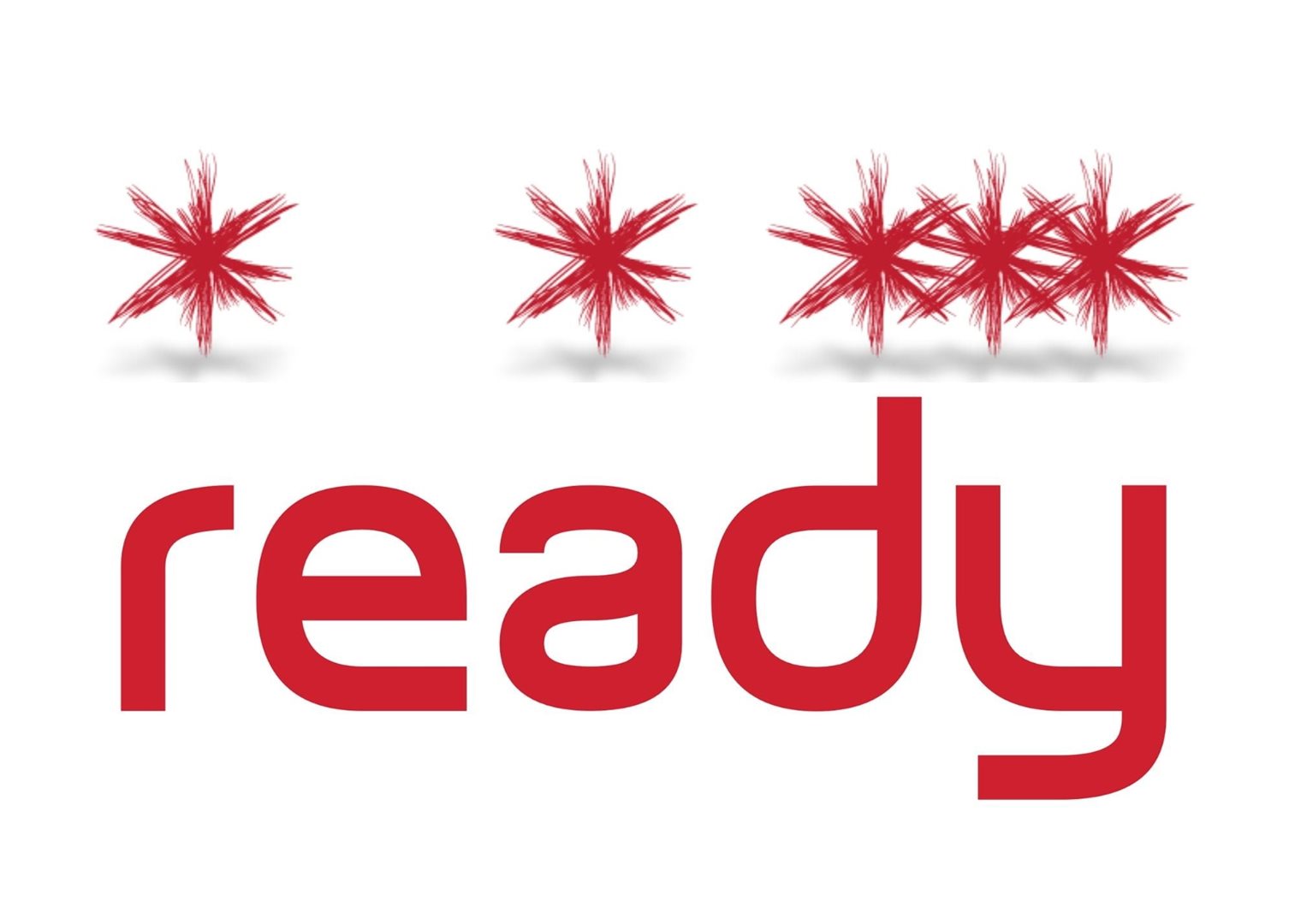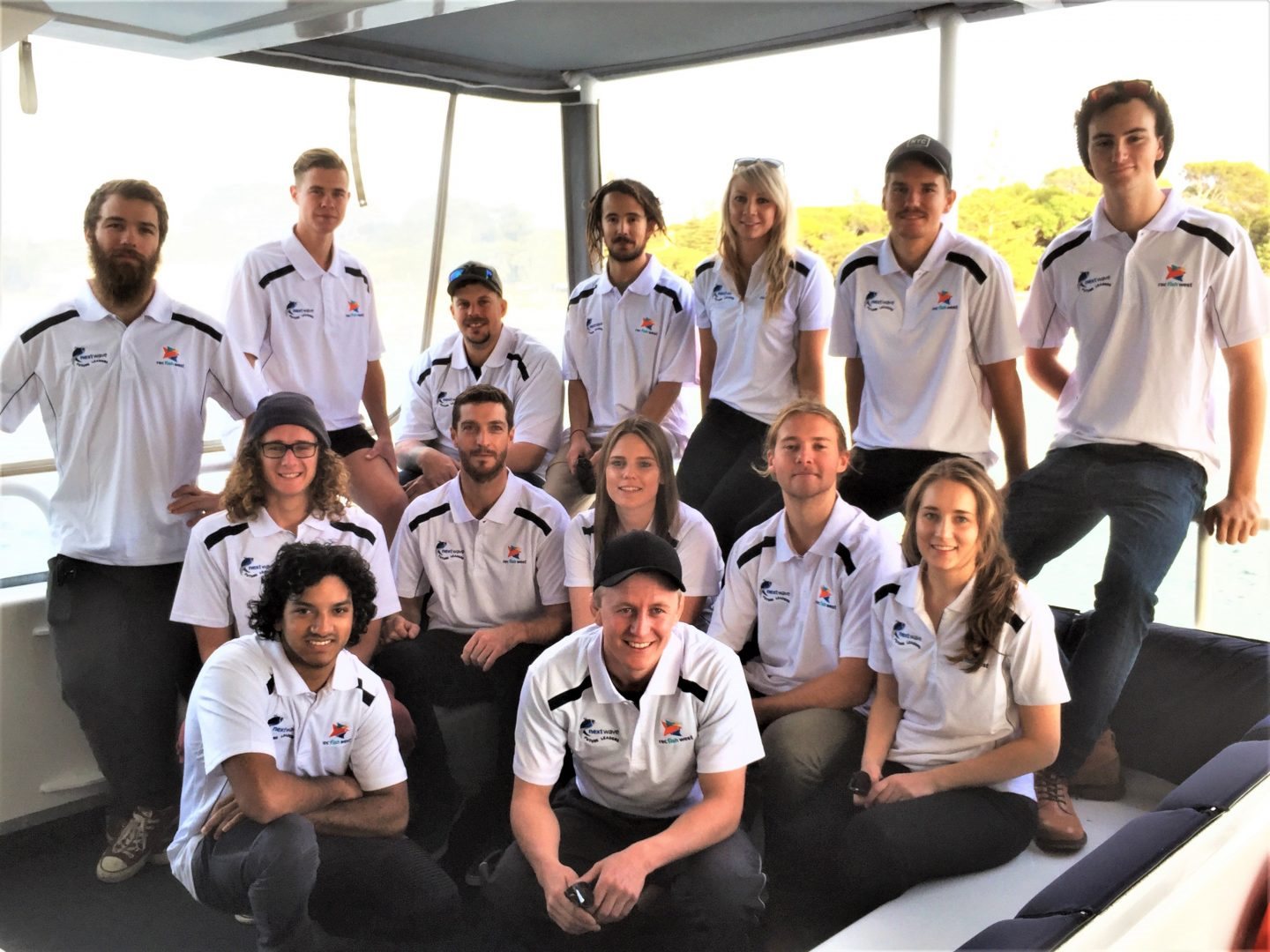
The questions about leadership
The questions about leadership.
What are the right questions for leadership?
I was with a woman many years ago who shared with me that she thought I wasn’t asking the right questions.
I thought “How bizarre is that?”.
Self-aware leaders continually ask themselves questions and they ask others questions. They are curious, they seek out information and welcome the answers. So, how can someone ask the wrong question?
This confounded me and I came to the conclusion that I wasn’t asking the right questions for her and her needs.
Where do our questions come from?
But where do our questions come from?
Where do your questions come from? From what part of your thinking?
Do you ask questions for solutions?
Do you ask questions to explore concepts?
Do you seek clarification through your questions or perhaps you ask for confirmation?
When do you give yourself enough time to consider answers to your questions?
Exploring concepts
When Affectus works with you we are exploring concepts so that you will ask yourself questions. Questions that help you understand yourself at a deeper level and the environment around you.
Don’t we?
We are hoping you will discover newness – about you and your direction.
We are not interested in directing you. We are assisting you develop great self-direction.
Don’t we?
Sometimes this drives people mad. That we are not often answering machines. But, we believe we have the process right - getting you to find your own answers.
Questions about leadership
What are your questions about leadership and your direction?
At Affectus, we focus our thinking beyond the individual and consider leadership. Why? Because we know that using leadership as the framework ensures that any person is able to step in where they see it is needed.
We call this stepping into your leadership space.
Chinwe Esimai (Forbes Women) talks about great leaders. She says that knowing yourself is essential. “Self-awareness is empowering because it arms you with knowledge and enables you to make better choices — to change or grow.”
Have you asked yourself enough questions to get a clear sense of self and leadership and direction? How often do you pause?
The Big Five
We use Big Five to commence the self-knowledge journey.
Have you thought through the five areas assessed.
What questions arise from Big Five.
Are you wondering about the value of understanding the five key areas?
It is so valuable to understand this about yourself. It is also empowering to know how your personality and the using of your strengths will impact on those around you.
It is powerful to use these five areas of your personality with insight and self-knowledge. Using your strengths and understanding your weaknesses to ensure that the team around you has great impact (affect 😊)
Two Leadership Questions
Here are two key leadership questions around personalities worth considering…
And finally, the critical questions about leadership.
What are your values and how do you identify them?
Self-assess what is important to you. Wander around some values cards and think through those patterns of your life. Seek your values.
And what about your passions? We can’t always be working/earning money in our personal area of passion. But as a minimum we need to know what lights us up and what drives us.
Leadership is all about asking questions – your questions. Start asking questions and seeking answers. Listen carefully and weave this new knowledge into your increasing self-awareness.
Sometimes the questions you ask may irritate but they will also illuminate.
It is all about our questions – the ones we mull through quietly on our own minds and the ones we seek answers to in the public realm.




































